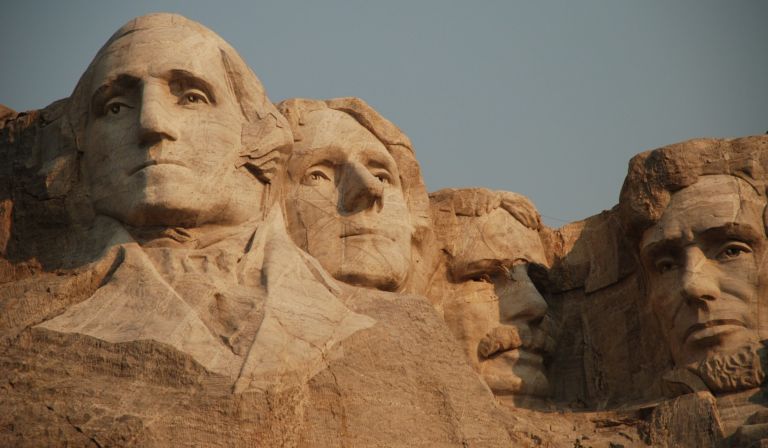Editors at National Review share their displeasure about recent treatment of an American founder.
After more than a century, the New York City Council is removing a statue of Thomas Jefferson from its chamber. The decision, which was made by the New York City Public Design Commission, was unanimous.
It was wrong, too.
Justifying the move, Councilperson Adrienne Adams proposed that Jefferson had to go because he “embodied some of the most shameful parts of our country’s long and nuanced history.” But, ironically enough, it is precisely “nuanced history” that is missing from this analysis. Like many people, Jefferson could, indeed, be hypocritical and self-contradictory. Like many people from his region, he did, indeed, own slaves (and, unlike George Washington, he did not free them upon his death). And, like many people of his generation, he possessed some unpleasant private views. But it is not for any of that that we celebrate him. We celebrate him because he authored the Declaration of Independence — a magisterial document, which, both at home and abroad, has served as a beacon of hope and liberty throughout that “long” history to which Adrienne Adams refers.
This matters, for, as Princeton’s Sean Wilentz told the commission in a letter, the statue in question “specifically honors Jefferson for” his role in penning the Declaration, which Wilentz describes as “his greatest contribution to America, indeed, to humankind.” Jefferson deserves to be honored for that contribution, which has served, in the words of Abraham Lincoln, as “an abstract truth, applicable to all men and all times,” as “the definitions and axioms of free society,” and as “a rebuke and a stumbling-block to the very harbingers of re-appearing tyranny and oppression.” It is no accident that the most pernicious expositor of the pro-slavery cause, Alexander Stephens, loathed Thomas Jefferson and was keen to cast the Confederacy as having been founded upon “exactly the opposite idea” to those “entertained by him and most of the leading statesmen at the time of the formation of the old constitution.”


